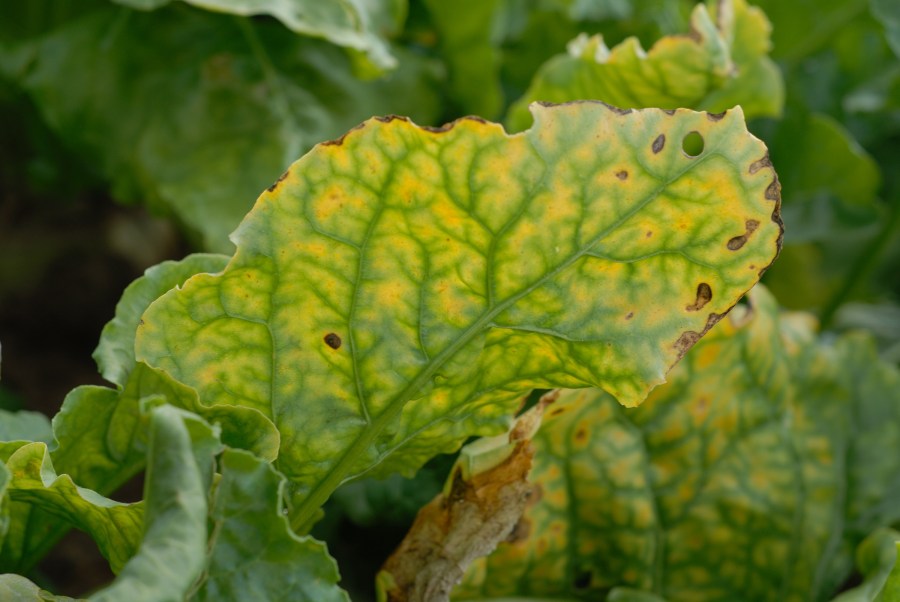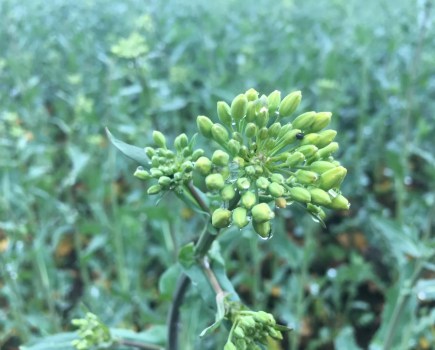Delayed sugar beet planting and slow establishment could increase the risk of virus yellows infection at early crop growth stages, experts warn.
According to Syngenta’s Simon Jackson, young plants with soft leaf tissue are particularly susceptible to the virus, which is transmitted through aphid feeding. With spring temperatures rising, pest activity will be on the up.
“Growers will have to be alert to the threat of early aphid activity, especially in crops not protected with Cruiser (thiamethoxam) seed treatment before planting [under emergency authorisation],” he says.
High risk season
Simon explains that early virus infection leads to significantly greater yield losses over the season, as well as increased risk from other foliar diseases. Threat levels were also confirmed by the BBRO, which highlighted how mild temperatures in January and February were the most reliable prediction of virus yellows infection levels.
Control programme
Treatment-wise, Simon says that fields drilled with Cruiser-treated seed should have good protection for the first six to eight weeks after planting. He adds that where crop growth is slow, a follow-up application of Afinto (flonicamid) should see plants through to the 12-leaf stage, where infection has less of an impact.
“Field monitoring will give a better indication of when to initiate an insect control programme, starting when the first wingless aphids are identified,” says Simon. “It’s important to pay extra attention to hedgerows and around field headlands.”
He adds that crops without a seed treatment are more likely to require a two-spray insecticide programme. “In this scenario, growers can still apply a neonicotinoid foliar spray in the programme, with Afinto followed by acetamiprid, for example, as a good option,” he says.
Virus yellows occurs from a complex of different viruses – Beet Yellows Virus (BYV), Beet Chlorosis Virus (BChV) and Beet Mild Yellowing Virus (BMYV). Insecticides such as Afinto, that stop feeding activity, are effective at preventing persistent pathogens.
Monitoring
Simon advises tracking aphid populations through the Rothamsted Insect Survey or BBRO Aphid Survey, which indicate regional risks for timing and insecticide strategies.
Learn more about virus yellows in this CPM article.




